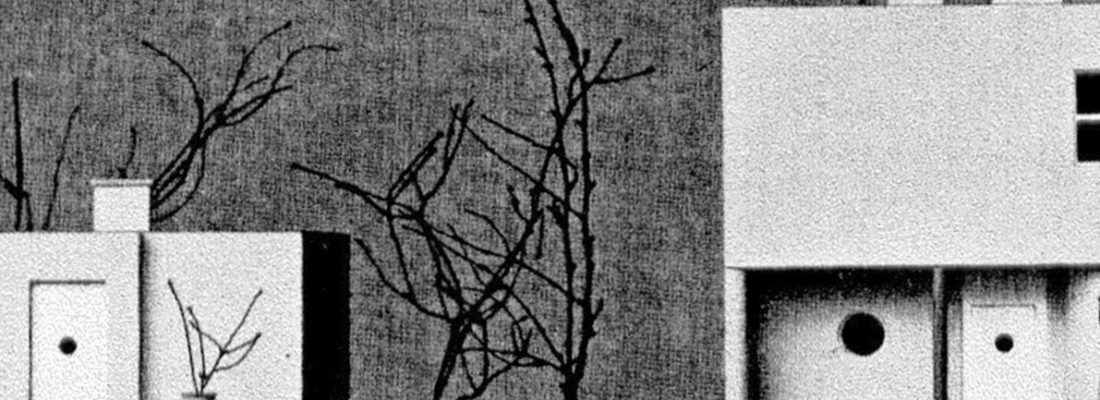
These days, the Chilean architect Alejandro Aravena, Pritzker Prize winner 2016 and currently director of the 15th Venice Architecture Biennale, is one of the most recognized architects worldwide. The reputation of Aravena is mainly due to the fact that he is actively working together with his architectural firm Elemental for participatory design processes. With “incremental-housing-projects” he addresses key challenges of the 21st century, as the jury of the Pritzker Prize summed up: “His built work gives economic opportunity to the less privileged, mitigates the effects of natural disasters, reduces energy consumption, and provides welcoming public space. Innovative and inspiring, he shows how architecture at its best can improve people’s lives.”
Recently, the term “incremental housing” came up for housing design projects which leave space for the owners to complete their own home – thus enhancing their and their families’ standard of living significantly. Understood as a concept of – literally – “rationalization of happiness“, the idea of “incremental housing” is not new. Its roots go way back to the 1920s and the idea of “The growing house”, drawn up by the German architect Martin Wagner.
